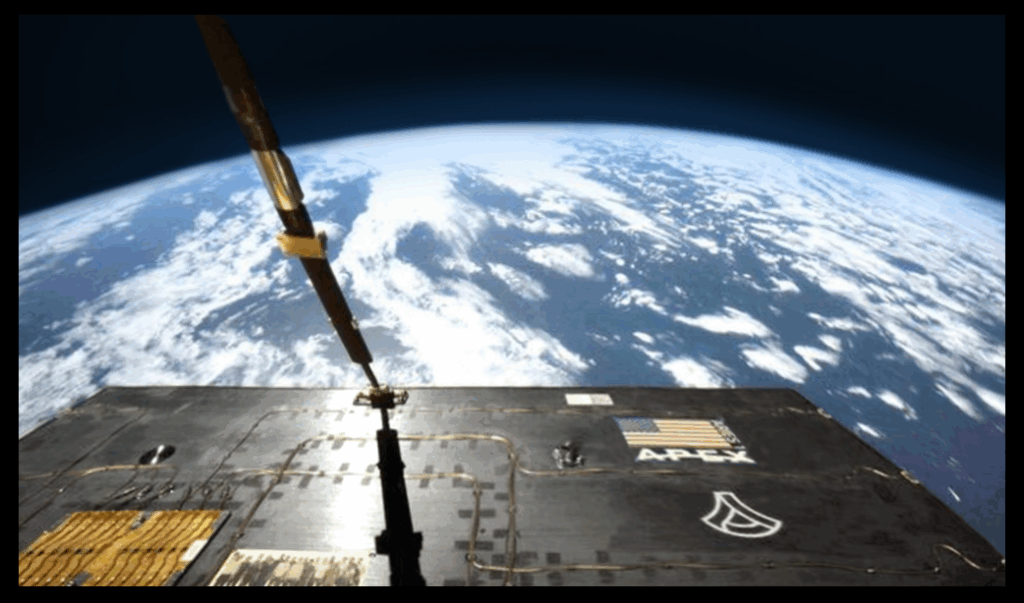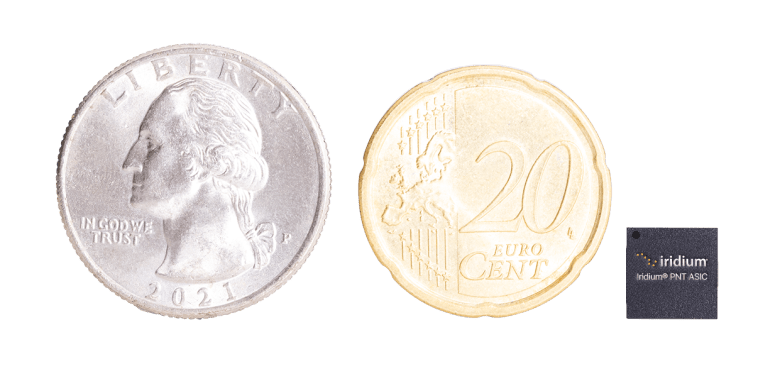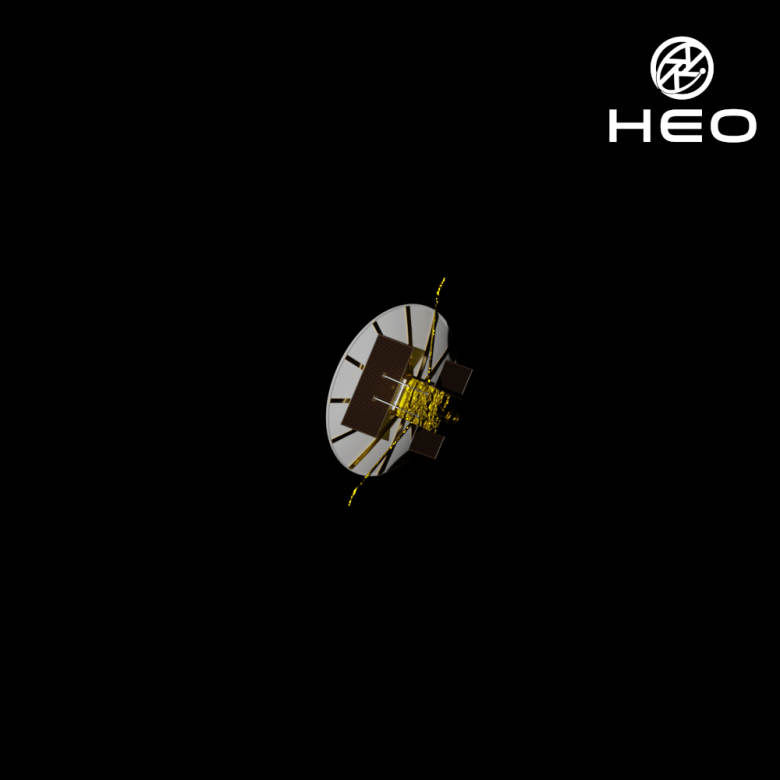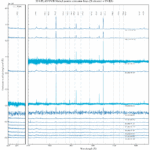Now Reading: China launches new Gaofen-14 stereo mapping satellite
-
01
China launches new Gaofen-14 stereo mapping satellite
China launches new Gaofen-14 stereo mapping satellite
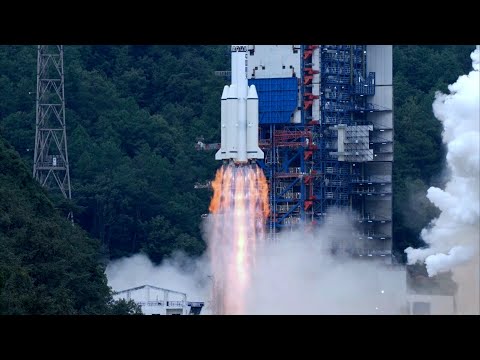
HELSINKI — China added to its Earth observation fleet late Saturday, sending a second Gaofen-14 mapping satellite into sun-synchronous orbit.
A Long March 3B rocket lifted off at 11:55 p.m. Eastern, Oct. 25 (0355 UTC, Oct. 26) from the Xichang Satellite Launch Center in Sichuan, southwest China. The launch vehicle ascended off the pad and climbed into a heavy cover of cloud above the hills surrounding the spaceport.
The China Aerospace Science and Technology Corporation (CASC) announced success of the launch within an hour of liftoff, revealing the payload for the mission as the Gaofen-14 (02) Earth observation satellite.
The Gaofen-14 (02) (“high resolution 14 (02)”) satellite is part of the civilian China High-resolution Earth Observation System (CHEOS), consisting of optical, multispectral, hyperspectral and synthetic aperture radar satellites. Uses include land surveying, urban planning, road network design, agriculture and disaster relief. The first Gaofen satellite, Gaofen-1, was launched in 2013, marking the start of CHEOS operationalization with medium-resolution optical imagery.
While there is much public information regarding Gaofen satellites numbered 1-7, higher numbered satellites in the series are much less well-documented publicly, suggesting dual-use scenarios. China operates five Gaofen-11 satellites reportedly with the capability to deliver optical imagery at a resolution on the order of around 10 centimeters.
Gaofen-14 (02) follows the launch of the first Gaofen-14 satellite in December 2020. A 2023 technical paper on the first satellite and its calibration states that Gaofen-14 is “primarily utilized for global high-precision positioning and generating 1:10,000 scale geographic information products, making it one of the most accurate stereo mapping satellites in China.”
The satellite carries advanced multi-payload integrated Earth observation technology, including dual-line-array cameras, a hyperspectral camera, and a ranging laser, according to the paper, with around 0.6-meter panchromatic ground resolution, while multispectral resolution is around 2.4 meters with a swath width of approximately 40 kilometers. The hyperspectral camera features around 100 bands, with a visible-near-infrared resolution of 5 m. The addition of a second such satellite therefore boosts China’s high-resolution stereo earth observation capabilities.
The Gaofen-14 (02) satellite was manufactured by CASC’s China Academy of Space Technology (CAST). Three objects have been cataloged associated with the launch, similar to the 486 by 493-km-altitude sun-synchronous orbit (SSO) inhabited by the first Gaofen-14 satellite.
Long March 3B activity, China’s launch record
The launch is only the second time in over 100 launches that the Long March 3B has sent a payload into SSO. The first was the launch of the first Gaofen-14 satellite. The mission used an 4.2-meter-diameter extended fairing to encapsulate the “relatively tall” Gaofen-14 (02) satellite, according to CASC’s China Academy of Launch Vehicle Technology (CALT) which provided the launcher.
The vast majority of Long March 3B rockets, consisting of three stages and four side boosters, have headed for geosynchronous transfer orbit, along with a number of launches to medium Earth orbits as part of constructing the Beidou GNSS constellation. It additionally sent the Chang’e-3 and Chang’e-4 lunar lander and rover missions into translunar injection, as well as launched the Tianwen-2 near-Earth asteroid mission into heliocentric orbit in May this year.
The launch of Gaofen-14 (02) was China’s 66th orbital launch attempt of 2025, leaving the country just two short of matching its national record for launches in a calendar year. The Shenzhou-21 crewed mission is scheduled to launch at around 11:44 a.m. (1544 UTC) Oct. 31 from Jiuquan spaceport in the Gobi Desert.
Stay Informed With the Latest & Most Important News
Previous Post
Next Post
-
 012024 in Review: Highlights from NASA in Silicon Valley
012024 in Review: Highlights from NASA in Silicon Valley -
 02Panasonic Leica Summilux DG 15mm f/1.7 ASPH review
02Panasonic Leica Summilux DG 15mm f/1.7 ASPH review -
 03How New NASA, India Earth Satellite NISAR Will See Earth
03How New NASA, India Earth Satellite NISAR Will See Earth -
 04And Thus Begins A New Year For Life On Earth
04And Thus Begins A New Year For Life On Earth -
 05Astronomy Activation Ambassadors: A New Era
05Astronomy Activation Ambassadors: A New Era -
06SpaceX launch surge helps set new global launch record in 2024
-
 07Space Force plans new ‘Futures Command’ amid pressure to speed up modernization
07Space Force plans new ‘Futures Command’ amid pressure to speed up modernization














